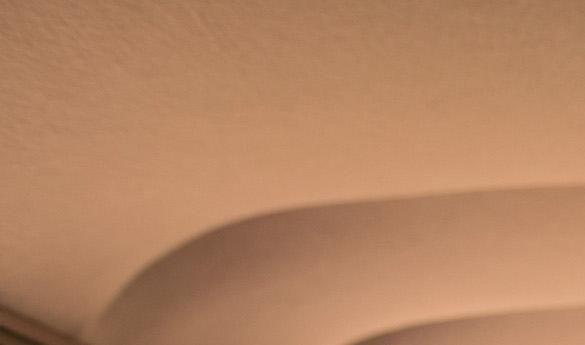Walnut Street Theatre charms Mason with heartfelt production of "Driving Miss Daisy"
The Walnut Street Theatre performed “Driving Miss Daisy” in their third production at Mason's Center for the Arts.
On Feb. 7, excited “Daisy” fans gathered in the Center of the Arts’ Concert Hall as music from the jazz age set the tone for the evening’s play. “Driving Miss Daisy,” directed by Bernard Havard, is a story about friendship and acceptance.
Taking place during the 1950s, the play takes audiences back to the Deep South when two unlikely people are paired together. Actress Wendy Scharfman plays Daisy Werthan, an old Jewish woman fighting with the loss of her independence, across actor Johnnie Hobbs Jr., who plays Hoke Colburn, her open and straightforward African American chauffeur. Together, they learn how to put aside their differences and ultimately form a twenty-five-year friendship.
As the lights dim in the theatre, the jazz music fades on Daisy and her son, Boolie Werthan, played by actor Bill Van Horn, as they discussed Daisy’s current driving situation. The witty banter between the pair made the audience giggle, but the real laughs came with the entertaining and heartfelt interactions between Daisy and Hoke. Whenever the pair was on stage, their interactions ensnared the audience.
The characters’ accents and costumes, the latter designed by Julia Poisez, were not the only features that helped the audience establish location in the play. Set Designer Andrew Thompson plunged the audience further into the Deep South with a huge map of Atlanta in the background and newspaper clippings pasted in strategic spots. For example, when Daisy and Boolie discussed attending a Martin Luther King speech, a photo of Dr. King glowed in the background.
Thanks to Sound Designer Cory Neale, the music was another feature in the play that helped the audience establish the location and tone of the scenes.
The music often served to help transitions—like when Daisy would go to church and church music filled the theatre before and during the scene, or when Daisy and Boolie attended a Christmas party along to “Santa Baby.” Violins, cellos and banjos were the primary instruments in the play. The tempos of the instruments were good indicators as to the mood of the proceeding scene.
Overall, the play was like a love story in the sense that as Daisy and Hoke’s relationship grew, they acted more and more like an old, married couple. What made them different bought them together in the end. Best said by Hoke Colburn, “The beauty of the garden is in its difference.”

